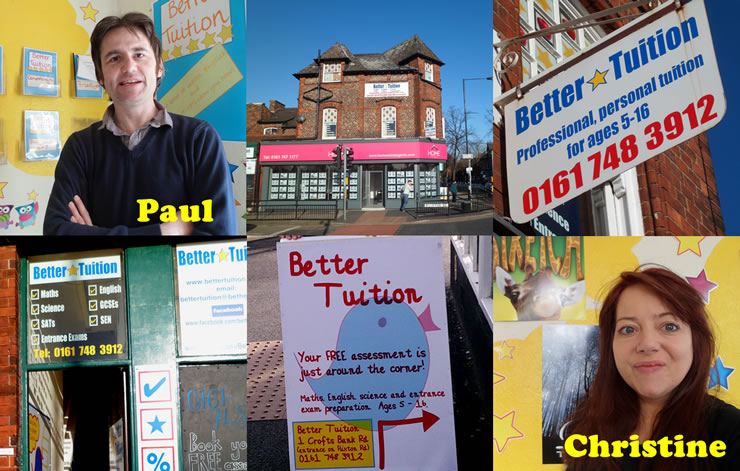
What’s in the new national maths curriculum?
The government is making significant changes to the national maths curriculum.
The new maths curriculum will be officially introduced in September 2014 but many schools have adapted their curriculum to teach the new maths programmes of study this year. Not all year groups will follow the new maths curriculum in September 2014. Check whether your child will be affected by the new curriculum this September.
Here is your 12 step summary of the main changes in the new maths curriculum:
1. National curriculum levels are no more. Schools are expected to devise their own means of assessment.
2. Other than a teensy bit in Year 6, data handling (charts, probability, range etc) has been more or less pushed out of the primary curriculum and up to the secondary programmes of study. The new maths programmes of study introduce algebra at a much earlier stage and algebra is strongly featured in the primary curriculum.
3. Calculators will now only be used at the end of Year 6 and then only sparingly. Read more about the background to this decision and find out how Better Tuition’s Christine McLaughlin was invited onto the BBC Breakfast sofa with Charlie Stayt and Louise Minchin to have her say about calculators in maths.
4. By the end of Year 1 children should be taught to count to 100 and write the numbers in figures and words.

Formal written methods will be introduced at an earlier stage in the new maths curriculum.
5. During Year 3 children will be taught to formal written methods of addition and subtraction (column addition of hundreds, tens and units).
6. During Year 4 children will be taught column multiplication of three-digit numbers.
7. Times tables are given new significance in the new maths curriculum: by the end of Year 4 children will be expected to know multiplication facts up to 12 x 12. They will be taught the tables of 2,5 and 10 in Year 2 and the tables of 3, 4 and 8 in Year 3. Similarly, fractions are heavily emphasised in the new maths curriculum.
8. In Year 5 children will be taught short division and long division will be taught in Year 6.
9. There is plenty of fraction action in the new maths curriculum, beginning in Year 1. By the end of Year 3, children will have learned to add fractions and order them; in Year 4 they will be taught to add and subtract fractions with different denominators. By the end of Year 6 children will have learned to multiply fractions.
10. At secondary level there is less emphasis on statistics and a new emphasis on problem-solving, fluency, reasoning and arithmetic. The Maths Framework has been abolished and replaced with a chunk of content schools must teach during Years 7, 8 and 9, organising this as they see best.
11. The new Key Stage 4 (Years 10 and 11) Programmes of Study will be published in June 2014 and come into force in September 2015. This will lead to changes in the GCSE syllabus.
12. The new national curriculum is not compulsory for academies or free schools – though many may choose to adopt it.
We will be posting more on this over the next few days. Meanwhile, if you’d like to book a free assessment or some tuition with one of our qualified, dedicated teachers, give Paul Syrett or Christine McLaughlin a call on 0161 748 3912 or call in to our professionally resourced tuition centre at 1 Crofts Bank Road, Urmston, M41 0TZ.
All information is correct at the time of publishing.
















